
Workers harvest Kratum leaves at Putussibau in Kapuas Hulu, West Kalimantan, Indonesia, on Friday, May 4, 2018. Photographer: Dimas Ardian/Bloomberg
A Tale Of Two Herbs: Kratom Vs. Weed
Kratom and marijuana, two distinct herbs, have garnered significant attention for their potential therapeutic properties.
While they may be lumped together in discussions about alternative remedies, each offers unique benefits and risks. In this guide, we delve deep into understanding both substances, comparing their origins, effects, and implications for users.
What Is Kratom?
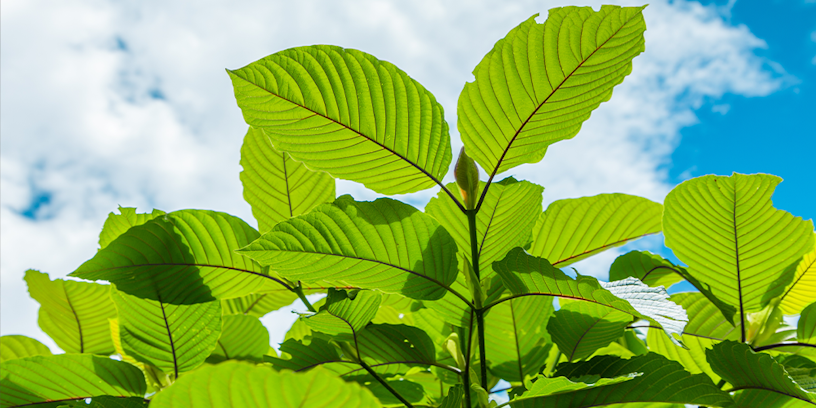
Originating from the lush rainforests of Southeast Asia, kratom is the common name for Mitragyna speciosa, a tropical tree cherished for its therapeutic properties.
Indigenous communities have, for centuries, harnessed the power of its leaves, using them in traditional medicines for a variety of ailments. The tree, with its glossy, green leaves, has now garnered attention beyond its native regions, becoming a topic of both admiration and contention worldwide.
How Does It Work?
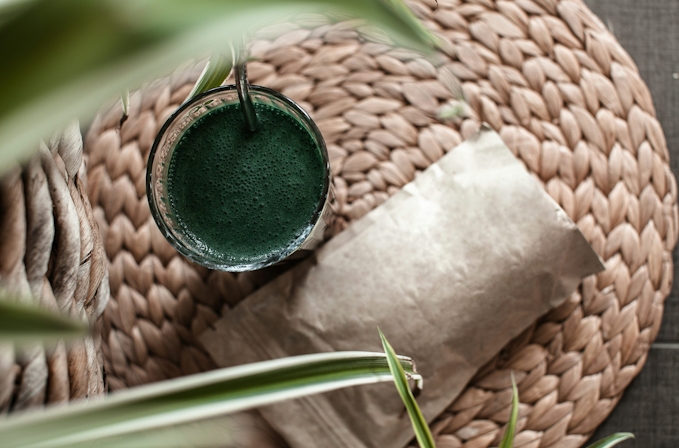
Supliful
The magic of kratom lies in its unique alkaloids, primarily mitragynine and 7-hydroxy mitragynine. When consumed, these compounds bind to opioid receptors in the brain, remarkably similar to how opiates like morphine operate.
However, kratom doesn’t enlist the same intense euphoria or potential for respiratory depression. Depending on the strain and dosage, its effects can vary. Lower doses generally produce a stimulating effect, enhancing mood and increasing energy, whereas higher doses introduce sedative properties, offering pain relief and a calming sensation
The intricate dance of these alkaloids with the human body’s receptors is what makes kratom a subject of fascination and ongoing study.
What Is Weed?
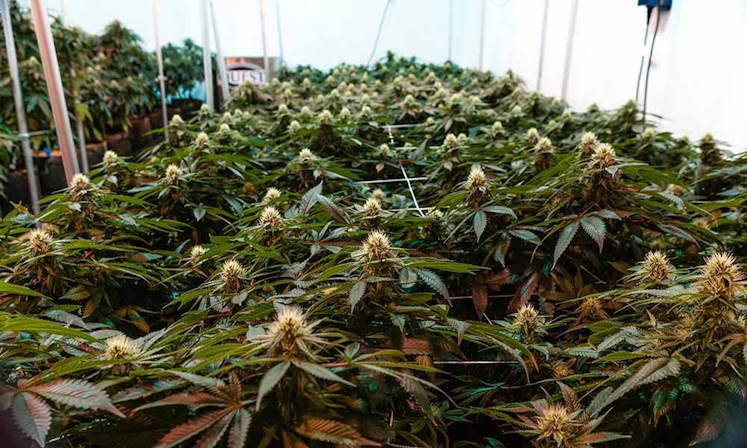
Weed, popularly known as marijuana, cannabis, pot, or a myriad of other slang terms, is a greenish-gray mixture derived from the dried flowers of the Cannabis sativa plant.
Native to Central Asia, its use as an intoxicant and medicine goes back thousands of years, finding its roots in various ancient cultures. Over time, it spread globally and has since been employed for a spectrum of purposes, from spiritual rituals to medicinal therapy to recreational enjoyment.
The plant comprises more than 100 chemical compounds, termed cannabinoids. Each of these compounds affects the body differently, but two, in particular, have been the center of attention due to their pronounced effects: delta-9-tetrahydrocannabinol (THC) and cannabidiol (CBD).
THC is the primary psychoactive component, meaning it’s responsible for the ‘high’ or the euphoria one experiences when consuming marijuana. CBD, on the other hand, is non-psychoactive and has been studied extensively for its potential therapeutic properties.
How Does It Work?
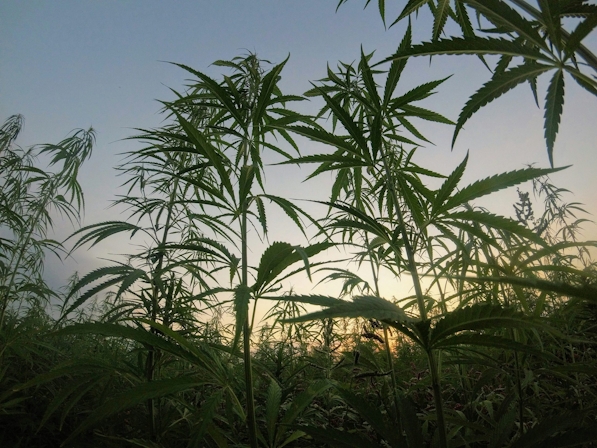
Matteo Paganelli
Understanding the effects of weed requires a dive into the human body’s endocannabinoid system (ECS). The ECS is a complex, cell-signaling system that plays a pivotal role in regulating a host of functions and processes, including mood, appetite, sleep, and memory.
When marijuana is consumed, THC rapidly enters the bloodstream and travels to the brain. In the brain, THC primarily interacts with the CB1 receptors, which are abundant in regions governing thought processes, memory, coordination, and pleasure. By binding to these receptors, THC interferes with the normal functioning of neurotransmitters. This interference disrupts the usual release and uptake of neurotransmitters, leading to alterations in thoughts, perceptions, and feelings.
CBD, on the other hand, has a more nuanced interaction with the ECS. Rather than binding directly to the CB1 or CB2 receptors, CBD appears to inhibit the breakdown of the endocannabinoid called anandamide. Anandamide is often dubbed the “bliss molecule” for its role in inducing feelings of happiness and well-being. By preventing its breakdown, CBD potentially promotes a sense of calm and balance.
The combination of these cannabinoids, along with others in marijuana, produces an entourage effect. This means the combined action of these compounds is greater than the sum of their individual effects. Depending on the strain and ratio of THC to CBD, as well as the presence of other cannabinoids and terpenes, the specific experience one has with marijuana can widely vary.
Kratom Vs Weed: Benefits And Disadvantages
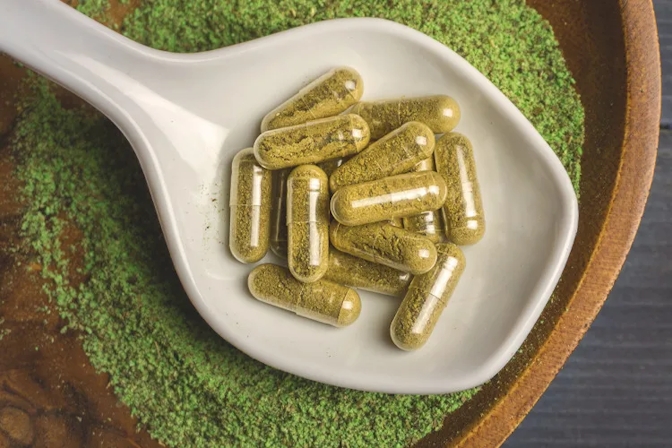
Kratom, especially strains like White Vein, is lauded for its energizing effects. Consumers often report a noticeable uplift in energy and focus, comparable to the effects of caffeine but without the associated jitters.
Many users turn to kratom, particularly the Red Vein strains, for its analgesic properties. It has been traditionally used in various cultures to manage pain and discomfort stemming from chronic conditions or injuries.
Certain strains of kratom, such as the Green Vein, may have mood-enhancing properties. Users frequently describe a sense of calm and increased well-being, which can be helpful in managing stress or mild anxiety.
Dry mouth is a common side effect reported by kratom users. Staying hydrated can help counteract this, but it remains a consistent concern.
Some individuals, especially with prolonged use, have reported skin conditions like rashes or dryness associated with kratom consumption.
Increased heart rate or palpitations can occur, especially at higher doses. This emphasizes the importance of responsible use and starting with smaller amounts.
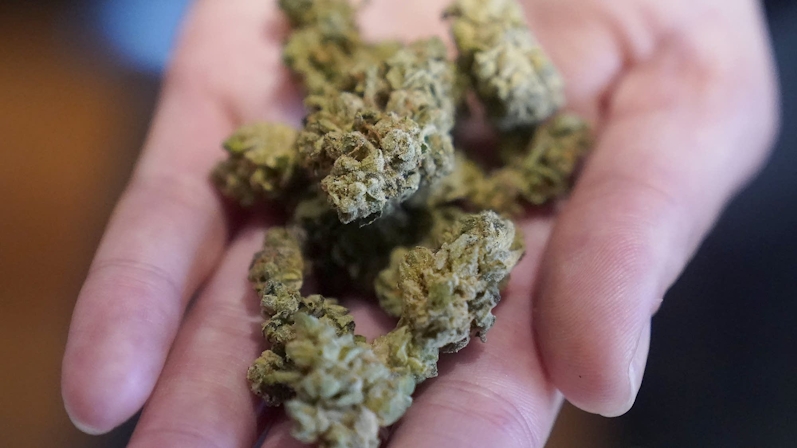
Certain strains of cannabis, especially those high in CBD, have shown potential in reducing symptoms of anxiety. This is attributed to the plant’s interaction with the endocannabinoid system, promoting relaxation and mood stabilization.
Medical marijuana has become a sought-after solution for those suffering from chronic pain. The analgesic properties of cannabinoids like THC and CBD make them effective in pain modulation.
Specific high-CBD strains of cannabis, like Charlotte’s Web, have been spotlighted for their role in significantly reducing the frequency and severity of seizures in epilepsy patients.
There’s a growing body of evidence suggesting that weed, especially when consumed in large amounts, can raise heart rate and blood pressure, potentially increasing the risk of heart-related complications.
The psychoactive effects of THC can impair motor skills, reaction time, and judgment, making it dangerous and illegal to drive under its influence.
Frequent smoking of marijuana is associated with bronchitis-like symptoms and might affect lung health over time. However, these risks can be mitigated with vaporization or edibles.
So, Which One is Better: Kratom Or Weed?

Shelby Ireland
The superiority of one over the other is subjective and varies from individual to individual. Some might gravitate towards kratom for its mood-lifting and pain-relieving properties without the psychoactive effects. Others might find weed more effective, especially if they’re seeking both recreational and therapeutic benefits.
As always, personal preferences, intended use, and how one’s body reacts play pivotal roles in this decision. It’s vital to be well-informed, consult professionals when in doubt, and prioritize responsible use.
Trusted Kratom Product Options in 2025
Super Speciosa Slingshot Liquid Kratom Shot
Looking beyond cannabis for functional beverages? Super Speciosa’s Slingshot Liquid Kratom Shot offers a completely different approach to plant-based effects.
This potent liquid extract contains 60mg mitragynine per serving with two servings per container, delivering energy and focus without THC’s psychoactive effects.
While THC drinks can take 30-90 minutes to kick in, kratom shots work within 15-30 minutes and provide 4-6 hours of sustained energy and mental clarity. The effects are more functional than recreational—think enhanced productivity and stress relief rather than euphoria or relaxation.
This particular shot is designed for experienced kratom users due to its high potency. If you’re looking for a functional energy boost, look to Super Speciosa.
VIVAZEN™ White Vein Maeng Da Kratom Powder
Explore the energizing effects of VIVAZEN™ White Vein Maeng Da Kratom Powder.
This premium kratom powder is known for its uplifting and stimulating properties, making it a great choice for those seeking an alternative to traditional herbs*. Discover more about kratom and its benefits at VIVAZEN™.
* These statements have not been evaluated by the FDA and these products are not intended to diagnose, treat, cure, or prevent any disease.
Herb Recommended Products:
READ MORE












